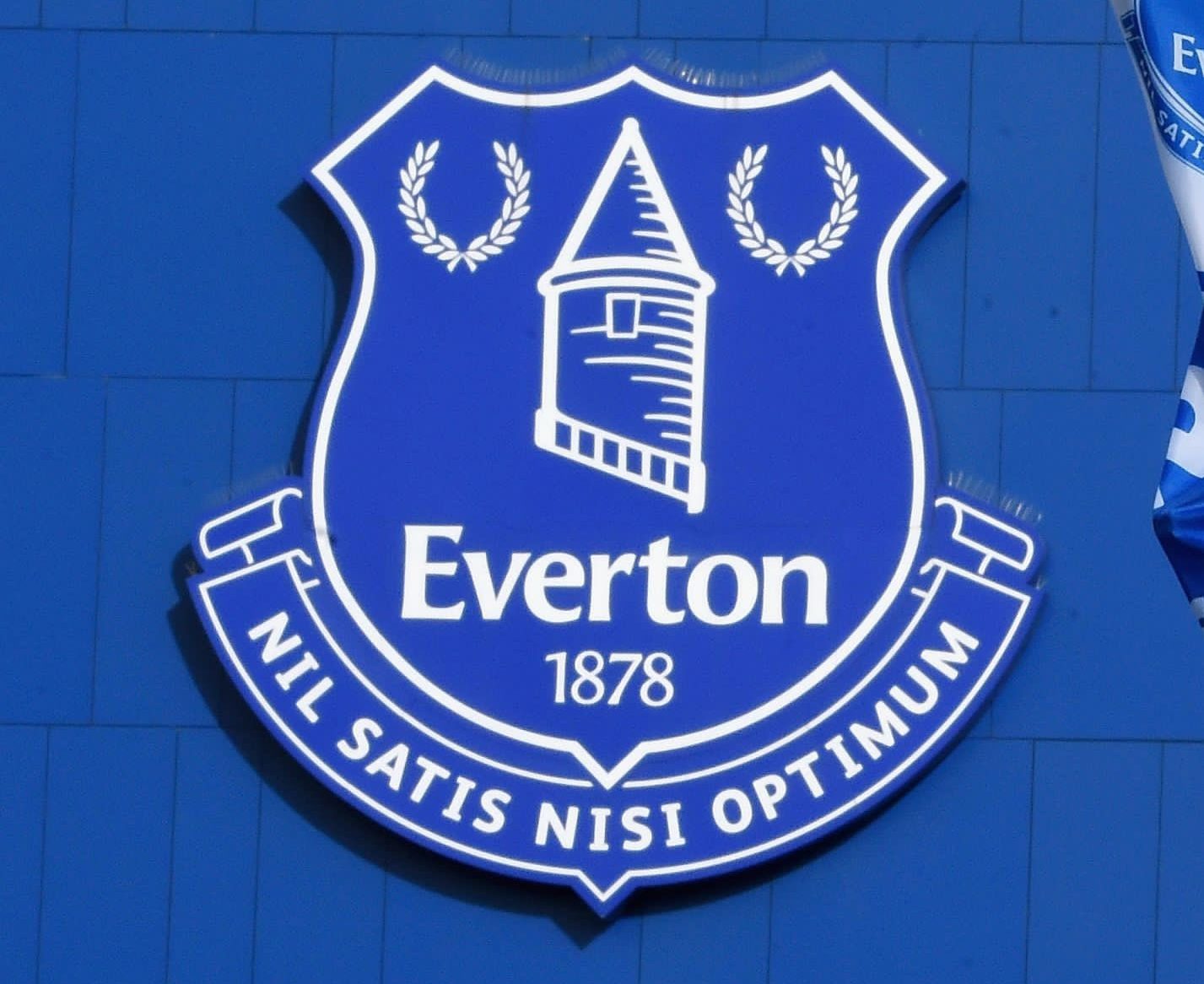EVERTON DEMONSTRATES ‘POSITIVE’ SUSTAINABILITY IN REPORT
Everton’s efforts to remain at the forefront of sustainability have been recognised in the latest Sports Positives Leagues (SPL) report.
The company’s fifth annual round-up of all Premier League clubs’ environmental initiatives has this year been released in a new format.
And the independent report, which outlines each club’s individual sustainability policy and commitment, clearly demonstrates the Blues’ environmental drive, both presently and ahead of the move to Everton Stadium.
Key findings centre around the ‘Everton For Change’ policy, which openly outlines the Club’s plans to reduce its carbon footprint and specific offsetting initiatives.
Everton now has a designated staff member with responsibility for sustainability within the organisation, and specifically with the move to the new stadium in mind.

The Club also continues to engage with an international sustainability consultancy firm, who have drafted a framework for the development of a long-term sustainability strategy, showing a clear commitment to long term, holistic environmental sustainability efforts.
Meanwhile, targets and commitments to sustainability form part of all new stadium procurement and services contracts.
Notably, 100 per cent of the current electricity purchased across the Club’s estate is now from green sources, with energy efficiency systems installed at all sites.
Single-use plastics have been virtually eliminated from the fans’ matchday experience, while none of the general waste generated now goes to landfill, with all waste streams either recycled or used as fuel.
Everton Stadium, which aims to be one of the most sustainable in the Premier League, has a raft of environmental measures, including water harvesting for recycling in the toilets and pitch irrigation, solar panels on the roof to generate power, and excellent insulation, to ensure residents and businesses nearby are not affected by excessive crowd noise or light pollution.
One of the planning conditions attached to the new stadium construction was a scheme for biodiversity offset put to the local planning authority before dock infill works commenced, including habitat enhancement measures to woodland and waterbodies in Croxteth Country Park.
The stadium has even been built using a pioneering method of ‘Design for Manufacturing and Assembly’. This involves the offsite design and manufacture, in factory conditions, of all precast concrete components, which are then transported to Bramley-Moore Dock for assembly on-site. Building using this approach, which is 30 per cent quicker than traditional construction, helps in several ways, by increasing safety, reducing waste on site, water usage, energy consumption and carbon emissions.
Construction partner, Laing O’Rourke, has exceeded an ambitious target of re-using 95 per cent of all materials on site, reducing the need to transport to landfill, while heritage assets dating back to the dock’s heyday – including railway lines, mooring posts, cobbles and capstans – have been removed, cleaned and protected to be re-used in the finished design.
Pre-empting the historic move, Everton has consulted with supporters on their travel plans and will promote sustainable travel initiatives with public and private sector partners. Shuttle buses to and from Everton Stadium will be available on matchdays, in conjunction with park and ride schemes to the north and south of the Club’s new home. The Club also recently announced a collaboration with Sefton Council, with the aim and commitment of enhancing the transport offer from the borough to the new stadium.
Under the new stadium ‘section 106’ agreement, the Club is also actively working with the local authority to improve supporter facilities at Sandhills, a train station situated less than a ten-minute walk away from Everton Stadium.
Recent supporter consultation revealed that, compared to a previous survey, fewer fans now plan to travel to Everton Stadium by car, with an expected drop from 45 per cent to 31 per cent in car drivers with passenger(s) for weekend games.
More fans now plan to travel to Everton Stadium by train (34 per cent, up from 23 per cent) for weekend fixtures, and more fans plan to travel to Everton Stadium by bus/shuttle bus, with a projected four per cent increase for weekend games.
Everton in the Community are equally active across all environmental issues, having set up a sustainability committee that will create action plans, measure the impact of activities, set targets and drive initiatives across the charity’s delivery of 60+ programmes across the region.





